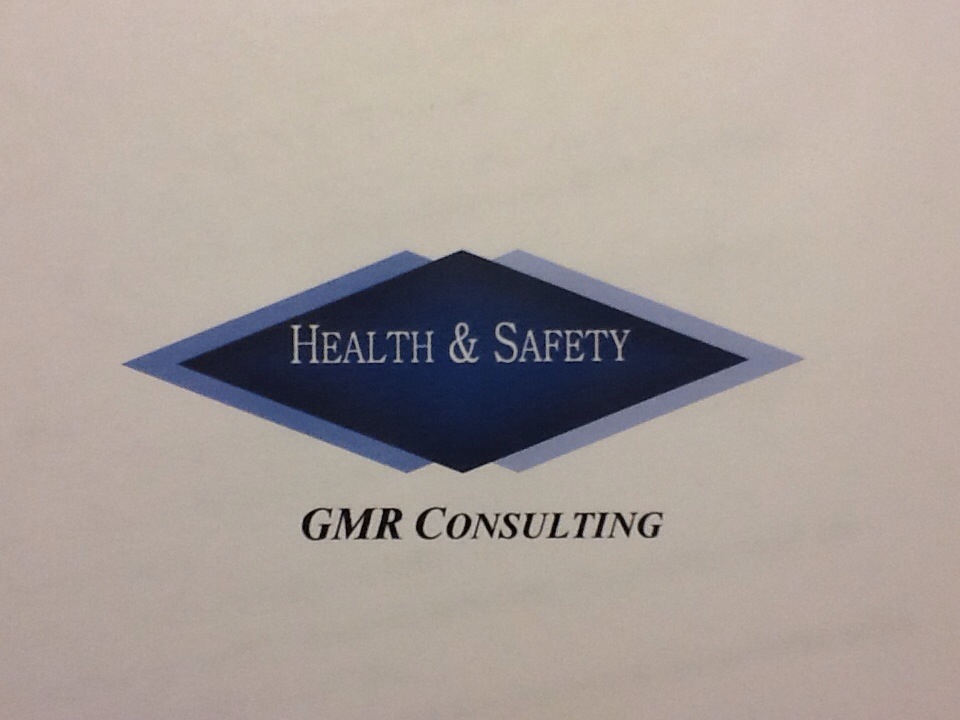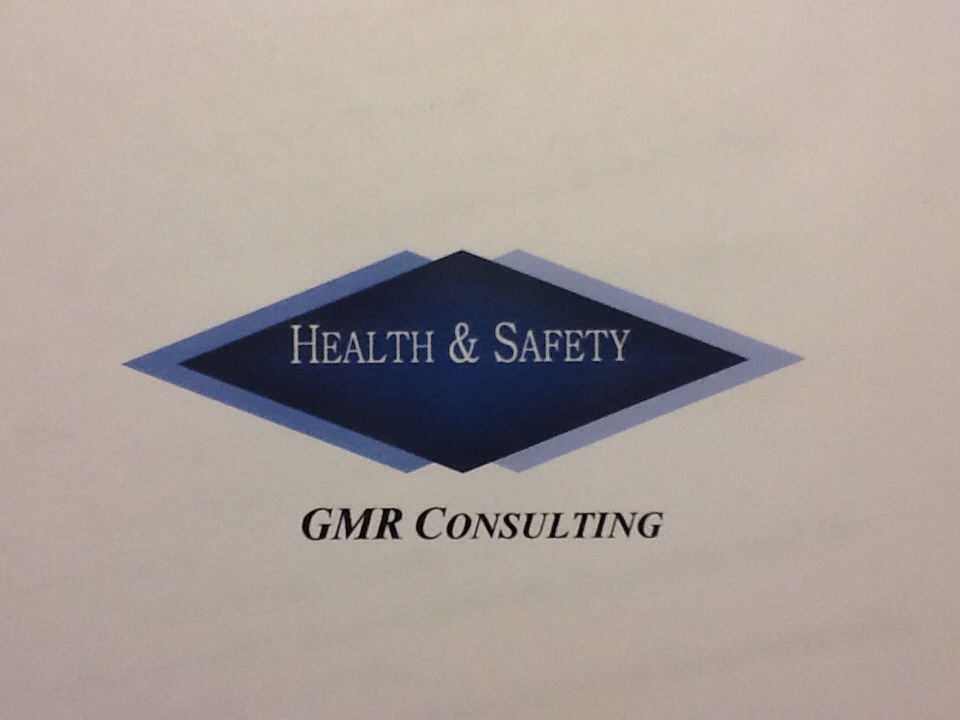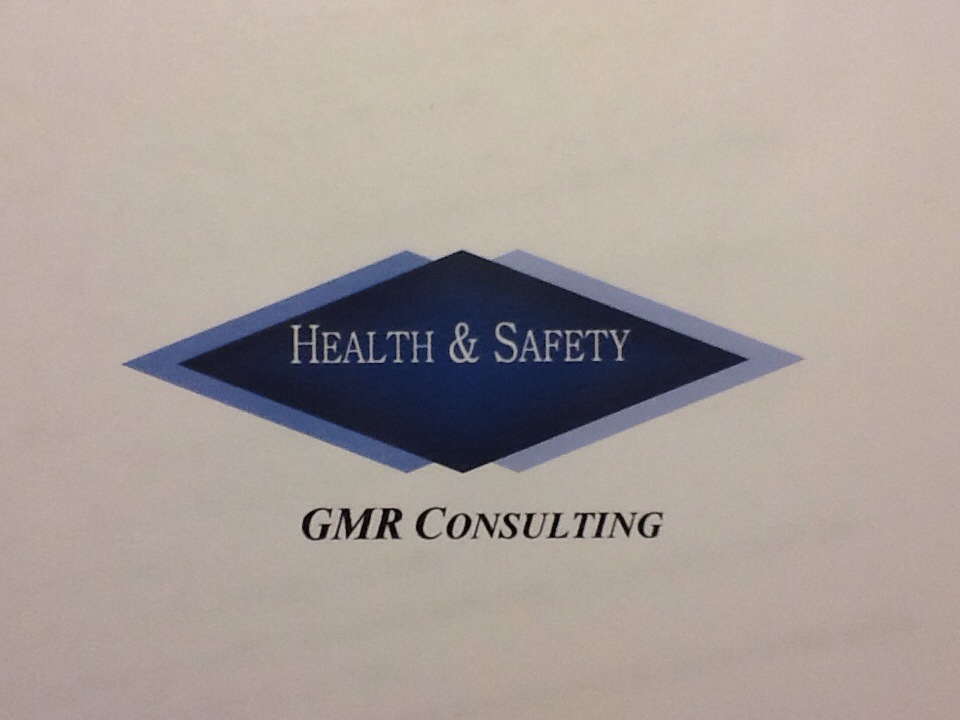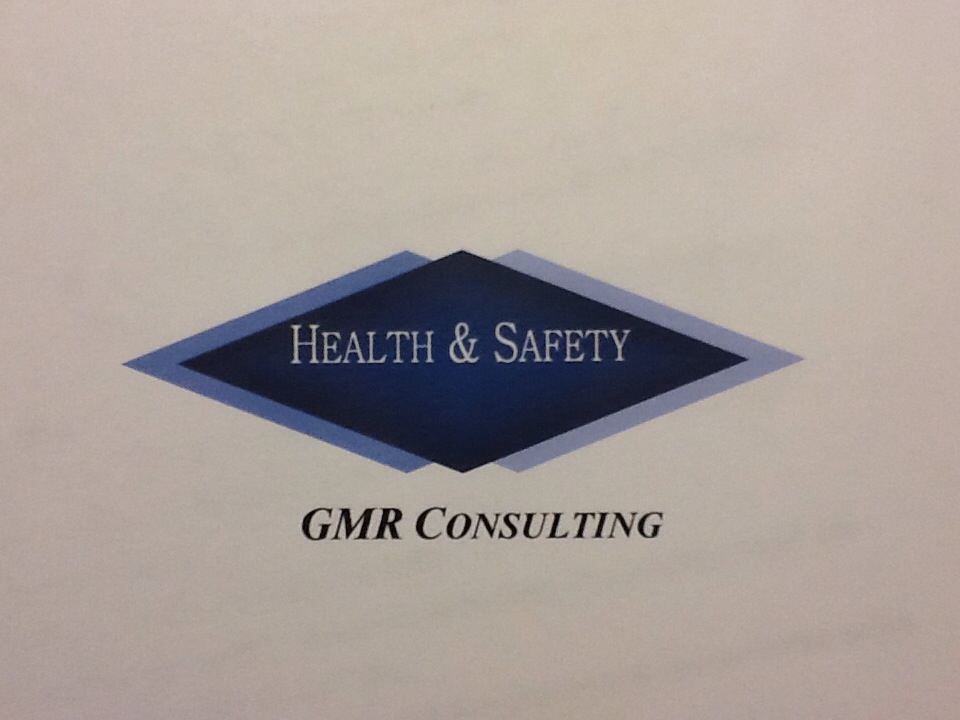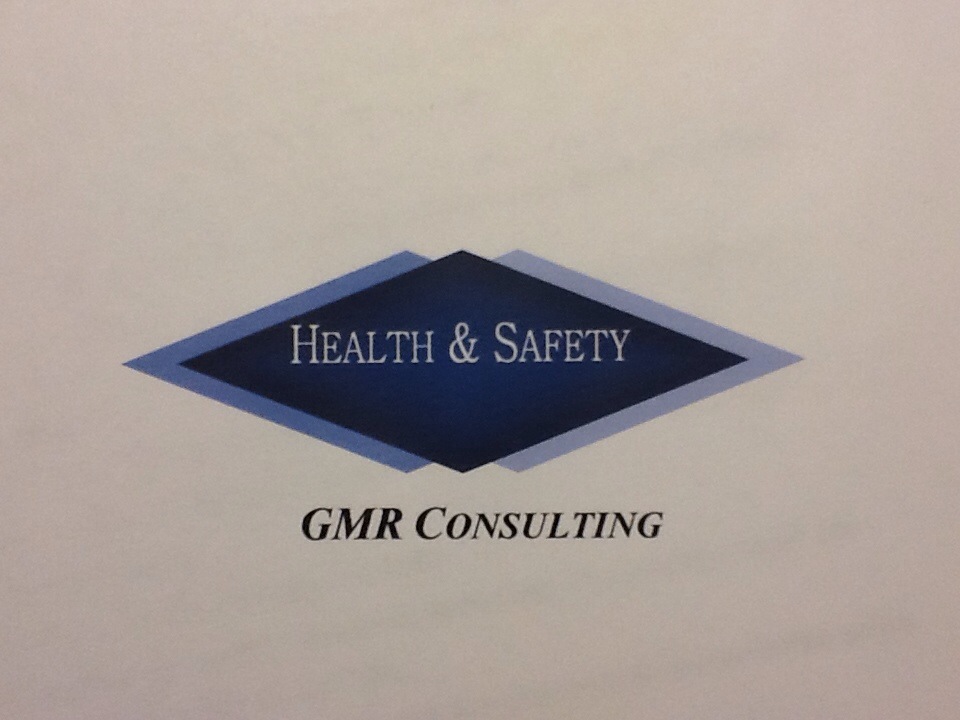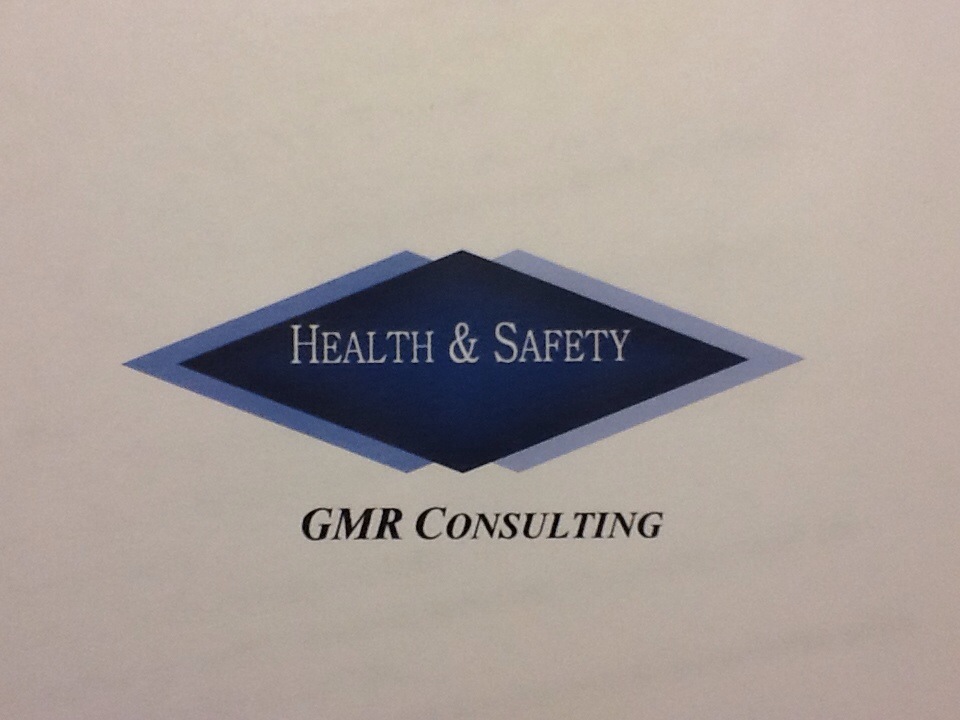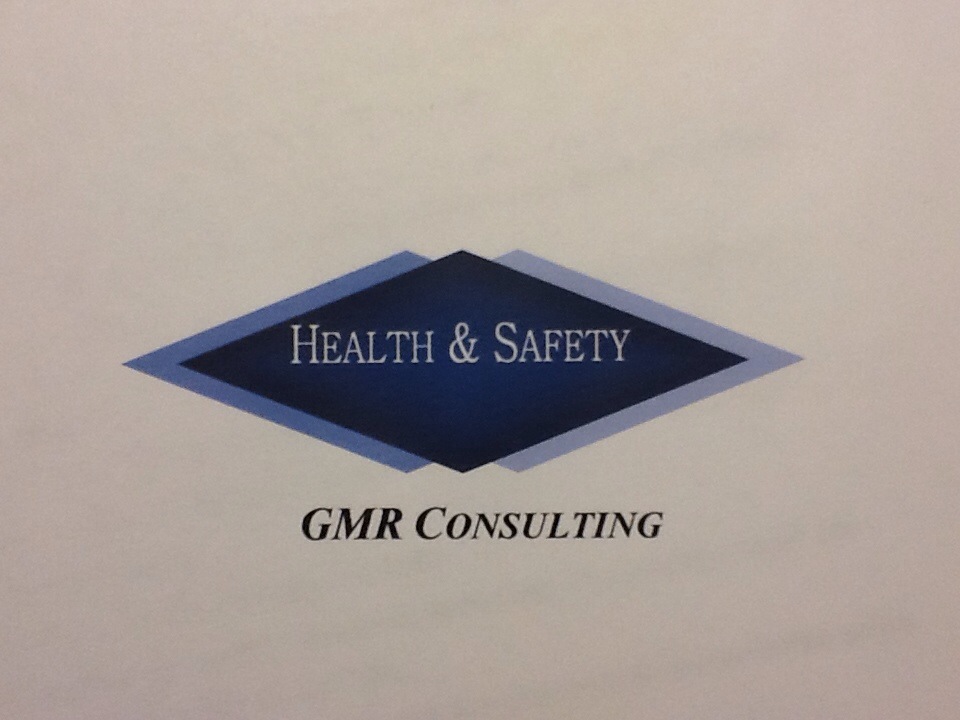Title Page
-
Document No.2018-1d
-
Workers Compensation & Safety Audit
-
Client / Site
-
Conducted on
-
Risk Consultant
-
Location
-
Date of Last Survey Conducted.
-
Persons Interviewed
Workers Compensation Program
GENERAL DATA
-
What department oversees the workers compensation program?
-
Who is responsible for employee safety?
-
Are Safety Huddles or department directors meetings held daily?
-
Is employee safety discussed at Safety Huddles or department directors meetings?
HUMAN RESOURCES
-
Is this a UNION hospital?
-
If so, name of unions and what departments are part of the union.
-
Are there issues REGARDING SAFETY that the union(s) are concerned with?
- Yes
- No
- N/A
-
Department with the highest turnover rate.
-
Is there a policy for Workers Compensation that is SPECIFIC to the hospital?
-
Are all accidents reported within 24 hours?
-
What is the average lag time (time from accident occurrence to time received by the TPA)?
-
Is there a procedure required for accident investigation and/or follow up for causes of the accident?
-
Is the follow up procedure enforced for EACH accident?
-
Does Human Resources process On-the-job injuries?
- Yes
- No
- N/A
-
Does the employee health function review on-the-job accidents?
-
Is there a current policy that addresses the Return-to-Work program?
-
Is the third part administrator (TPA) contacted for assistance with the WC program.?
-
Is every employee injury seen by the employee health nurse or a physician?
-
Is the employee health nurse involved in accident prevention program?
-
Is there a dedicated staff member within the Human Resources department that manages and monitors the employee claims?
-
Are the employees on lost-time status MONITORED for medical treatment and rehabilitation?
-
Is accident trending performed?
-
Are the physical requirements of each job included in the job description?
-
Are employees that have repeat accidents evaluated for safety violations?
EDUCATION
-
Is there a hospital education department/function?
-
Who does the education director report to?
-
Who provides hospital safety in the new employee orientation?
-
Who is responsible for NEW employee orientation?
-
Who provides employee safe work practices and workers compensation to new employee orientation?
-
Is reporting accidents/Illnesses provided at new employee orientation?
-
Are accident trends discussed at new employee orientation?
-
Are safe work practices addressed and include the following: Patient lifting equipment, personal protective equipment and proper lifting techniques?
-
Is ANNUAL education provided to the hospital staff that includes employee safety
-
How are safety topics chosen to provide to employees annually?
-
What basis or subject matter used to address safety and accident prevention?
-
Are there programs designed for individuals needing specific safety education such as proper lifting techniques, back injury prevention, etc., on-going?
SAFETY PROGRAM- LOSS PREVENTION
-
How often does the Safety Committee meet?
- Monthly
- Bimonthly
- Quarterly
-
Are accident issues AND accident trends discussed at Safety Committee meetings?
-
Is PATIENT TRANSFER EQUIPMENT available throughout the facility?
-
Does the hospital offer bariatric services?
-
Is there any specific training provided for moving obese patients
-
Is there a hospital code for lifting assistance?
-
Does the hospital utilize lifting teams?
-
Does the Environmental Tours include questions to the staff regarding safety practices?
-
Are there specific methods to communicate safety issues to the staff? (hospital bulletins, newsletters, etc.)
-
Is there a method to obtain safety suggestions from the staff? (e.g., suggestion box, electronically, etc.)
-
Is there a representative from the physical therapy department on the Safety Committee?
-
Is the employee health nurse a member of the Safety Committee?
-
Is weather a factor that may cause slippery conditions?
-
Are any special safeguards used to minimize slips during icy or snow conditions?
-
Is personal protection equipment provided for hazardous jobs (dietary, lab, housekeeping)?
-
Is Crisis Prevention Institute (CPI) or deescalation training provided for all of the staff?
-
Is CPI or extensive deescalation training provided to the following departments: Emergency, Behavioral Health, Security, Special Care Units?
-
Is department accidents included as part of the annual performance evaluations to supervisors?
-
Are nursing representatives included on the Safety Committee?
-
Is there a formal Security program?
-
Describe the security function.
-
Is the a formal back prevention program?
-
Are Job Safety Analysis performed on positions requiring lifting?
CHIEF NURSING OFFICER
-
Is communication to the CNO regarding employee accidents provided ?
-
Are accident trends that address units or nursing departments provided?
-
Is the CNO familiar with the hospital return-to-work/light duty program?
-
Is the CNO knowledgeable of which nursing department/unit has a high frequency of accidents?
-
Are nursing supervisors provided with education regarding accident investigation and follow up?
-
Is loss prevention or accident reduction a part of annual nursing training?
-
Is nursing representatives included on the Safety Committee?
-
Is patient transfer equipment available?
-
Is there a back injury prevention program available and specific to the nursing staff?
-
Is de-escalation training provided to the nursing staff?
-
Are nursing services responsible for patient discharge and assist patients to their vehicle?
-
Has nursing personnel been specifically trained on patient discharge and assisting into their vehicle?
General
-
Are waking surfaces kept in good order to minimize trips and falls?
-
Are wet ares identified and cleaned?
-
Are outside grounds and parking lots in good condition?
-
Are corridors clear for proper egress?
-
Are directional signs, including exit markings clear and visible?
-
Are general storage areas properly maintained?
-
Material Management
-
Are storage areas properly maintained?
-
Are heavy items stored at lower levels to minimize reaching
-
Are storage items properly stored to allow proper egress throughout the storage areas?
-
Are the loading areas, including the dock, properly maintained to minimize trips and falls?
-
Are trash containers easily accessible and kept in order?
-
Does the trash compactor utilize an automatic shut-down device (dead-man switch) to cease operation immediately?
-
Are personal protective equipment used in the storage area to include hard-toe shoes, bump hats, gloves, etc.?
-
Are lifting devices to lift and move heavy items available in the warehouse?
-
Is education on proper lifting techniques provided to all employees that manage storage areas?
Dietary
-
Are work areas within the kitchen provided with mats or other devices to minimize slips and falls from water?
-
Are hot water pipes properly wrapped or blocked to prevent burns?
-
Are knives or other sharp items properly stored or protected to minimize cuts?
-
Are personal protective equipment provided, such as protective gloves, eye protection and protective aprons provided?
-
Are cleaning supplies used for ovens/stoves properly stored and protective clothing provided when cleaning that includes protective eye wear, gloves, etc.?
-
Are the dish washer areas maintained with matts and proper drainage to reduce slippery services?
-
Is food storage areas properly maintained to minimize food items from falling and heavy bulk food at floor level?
-
Are dietary personnel required to wear non-slip shoes in wet/slippery areas of the department?
Radiology
-
Is there a department policy regarding pregnant employees working within the departments where radiation may cause harm to unborn fetus?
-
Are dosimeter badges worn by ALL employees and evaluated regularly for excessive exposures?
-
Is annual education on proper techniques provided to all employees responsible for patient transfer or patient movement to and from tables or other equipment where body mechanics are needed?
Physical Therapy
-
Is equipment available on the units to assist the handling of patients by the PT department?
-
Is there representation on the safety or EOC committee by the PT department?
-
Is the Physical therapy department part of the employee education program to minimize back, shoulder, etc. injury?
-
When strains or sprains occur, is the physical therapy department involved with specific training to injured employees?
-
Is the Physical Therapy department well spaced for equipment use?
Respiratory Care
-
Describe cleaning procedures and include all chemicals used to clean equipment.
-
Are there any cleaning chemicals used within the department that personal protective equipment is needed?
Plant Operations/Maintenace
-
Are maintenance shops in good order and equipment spaced properly?
-
Are machines provided with safety guards? (bench grinders, table saws, etc.)
-
Has there been a noise assessment in HVAC areas that would require ear protection?
-
Is there a requirement for special footwear where there is heavy material that create foot injury?
-
Is there a Lock Out/Tag Out policy that is current and enforced?
-
Are there areas within the facility that would be considered a confined space?
-
Is there a Confined Space policy?
-
Are plant operations part of the hospital security response team?
-
Has specific training provide to plant operations that respond to security issues?
-
Do plant operations respond to patient transfer or lifting needs?
-
Are plant operations provided with training on patient lifting/transfer techniques?
-
Are ladders OSHA approved and properly maintained?
-
Is personal protective equipment (PPE) such as eye protection, gloves, hardhats, etc., provided and worn by maintenance personnel?
Special Care Units (ICU, CCU, etc.)
-
Are electric equipment cords in special care units secured to minimize entanglement and trips?
-
Is equipment within patient areas well spaced to minimize tripping?
Emergency Department
-
Are ALL employees trained to handle aggressive behavior patients?
-
Are there specific codes for the emergency department personnel to use when there is patient disruption and assistance needed?
Operating/Surgery, Obstetrics PACU,Anesthesia
Behavioral Health
Patient Units
-
Is lifting equipment properly storage and easily obtainable?
Administration
-
Has there been an ergonomics evaluation performed in all admin areas that focuses on repetitive motion to reduce carpal tunnel situations?
CHIEF EXECUTIVE OFFICER
-
Is there a “Safety Champion “ that provides a positive approach to accident prevention?
-
Who is the "person" (safety champion) ultimately responsible for employee safety?
-
Does the CEO know how the hospital compares to other facilities in regard to employee accidents?
-
Is the CEO aware of the expenses of employee accidents/Workers Compensation expense?
SAFETY CULTURE
-
Describe the overall Safety culture.
MORALE
-
Morale issues if applicable.
